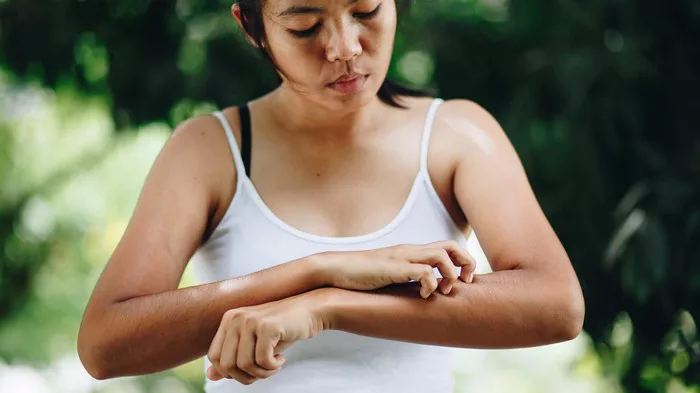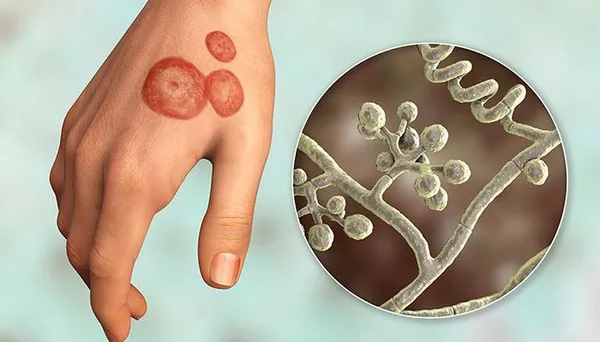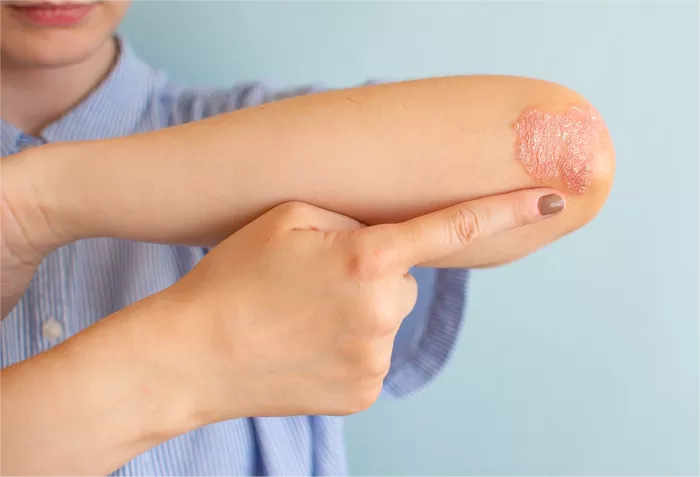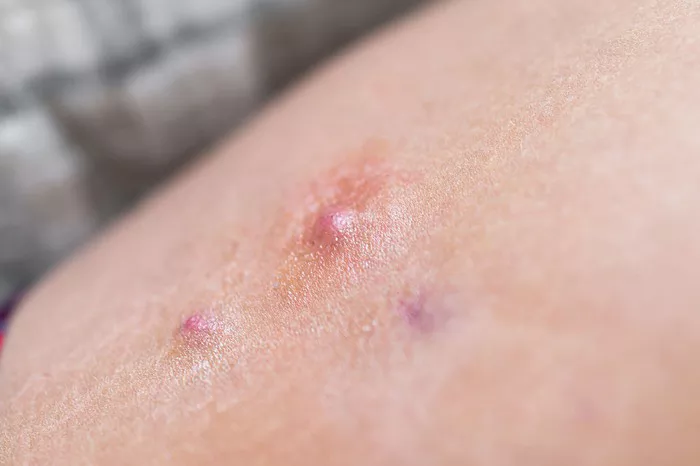Cellulitis and ringworm are both common skin conditions that can cause discomfort and concern. While they are distinct conditions with different causes and treatments, there is a potential link between them due to the nature of their effects on the skin and how they can interact under certain circumstances. In this article, we will explore the relationship between ringworm and cellulitis, examining whether ringworm can indeed lead to cellulitis, and what implications this may have for diagnosis and treatment.
Understanding Ringworm and Cellulitis
Ringworm, despite its name, is not caused by a worm but rather by a fungal infection. The medical term for ringworm is dermatophytosis, and it is characterized by a red, circular rash with clearer skin in the center, resembling a ring. The fungus responsible for ringworm belongs to a group known as dermatophytes, which thrive on the skin’s outer layer, hair, and nails.
Ringworm can affect various parts of the body, including the scalp (tinea capitis), body (tinea corporis), feet (tinea pedis or athlete’s foot), and groin area (tinea cruris or jock itch). It is highly contagious and can spread through direct skin-to-skin contact with an infected person or animal, or by touching contaminated surfaces.
Cellulitis, on the other hand, is a bacterial infection that affects the deeper layers of the skin. It typically occurs when bacteria, most commonly Streptococcus or Staphylococcus, enter through a break or crack in the skin. Cellulitis causes the affected area to become red, swollen, warm, and tender to the touch. It can occur anywhere on the body but commonly affects the legs.
The Link Between Ringworm and Cellulitis
The relationship between ringworm and cellulitis arises due to the potential for complications associated with untreated or severe cases of ringworm. While ringworm itself is a fungal infection and does not directly cause cellulitis, the scratching and skin irritation that often accompany ringworm can create openings in the skin. These openings provide an entry point for bacteria, which can lead to secondary infections like cellulitis.
In cases where ringworm is persistent, causing intense itching and resulting in deep scratches or breaks in the skin, the risk of developing cellulitis increases. The warm and moist environment created by the fungal infection can also facilitate the growth of bacteria, further elevating the risk of cellulitis.
Recognizing the Symptoms
It’s essential to recognize the symptoms of both ringworm and cellulitis to differentiate between the two and seek appropriate medical attention. Ringworm typically presents as a circular or ring-shaped rash with raised edges and clear skin in the center. The affected area may be itchy or scaly, and in some cases, blisters or pustules can develop.
Cellulitis, on the other hand, manifests as a swollen, red area of skin that feels hot and tender. The affected area may also expand rapidly, and you may experience fever, chills, or swollen lymph nodes. Unlike ringworm, cellulitis does not have a characteristic ring-like appearance and is usually more diffuse in its presentation.
Diagnosis and Treatment
Diagnosing ringworm and cellulitis involves different approaches. Ringworm is often diagnosed based on the appearance of the rash and confirmed through skin scrapings or fungal cultures. In contrast, cellulitis is diagnosed clinically based on the symptoms and physical examination. Occasionally, blood tests or imaging studies like ultrasound or MRI may be used to assess the extent of the infection.
Treatment for ringworm typically involves antifungal medications, either topical creams or oral medications, depending on the severity and location of the infection. It’s crucial to complete the full course of treatment to ensure eradication of the fungus and prevent recurrence.
Cellulitis, being a bacterial infection, requires treatment with antibiotics. The choice of antibiotics depends on the suspected bacteria and the severity of the infection. In severe cases, hospitalization and intravenous antibiotics may be necessary.
Preventive Measures
Preventing both ringworm and cellulitis involves practicing good hygiene and taking precautions to avoid skin injuries or breaks. Here are some preventive measures:
1. Good hygiene: Regularly wash hands with soap and water, especially after touching animals or contaminated surfaces.
2. Avoid sharing personal items: Do not share towels, clothing, or sports equipment with others.
3. Keep skin dry and clean: Moisture can promote fungal growth, so keep skin dry, especially in areas prone to ringworm (e.g., feet, groin).
4. Prompt treatment: Treat ringworm promptly to prevent complications such as cellulitis.
5. Protective gear: Use appropriate protective gear if engaging in activities that may result in skin injuries (e.g., wearing shoes in public showers to prevent athlete’s foot).
Conclusion
In conclusion, while ringworm itself does not directly cause cellulitis, severe or untreated cases of ringworm can lead to cellulitis due to skin irritation, scratching, and breaks in the skin. It’s essential to recognize the symptoms of both conditions and seek timely medical attention to prevent complications. Practicing good hygiene and taking preventive measures can significantly reduce the risk of developing these skin infections. If you suspect you have either ringworm or cellulitis, consult a healthcare professional for an accurate diagnosis and appropriate treatment.
Related Topics:























